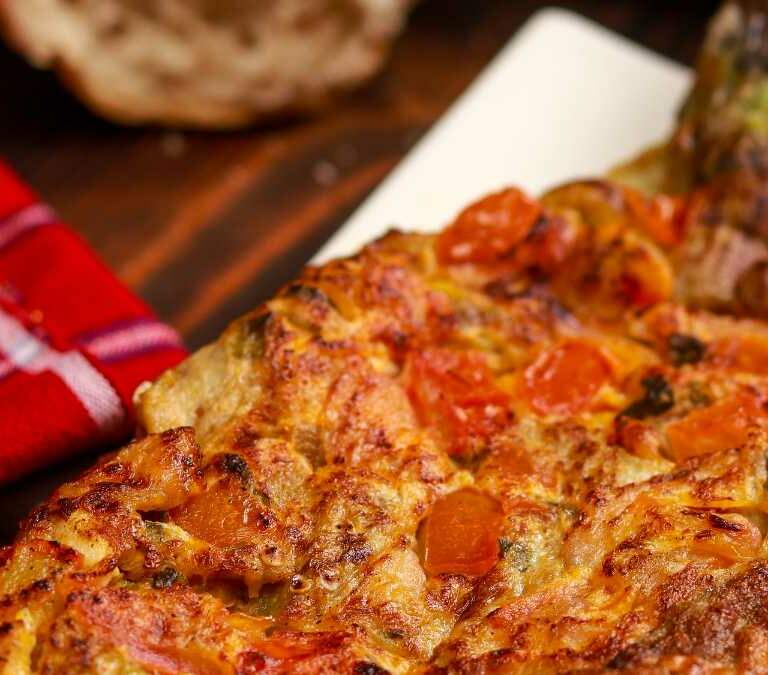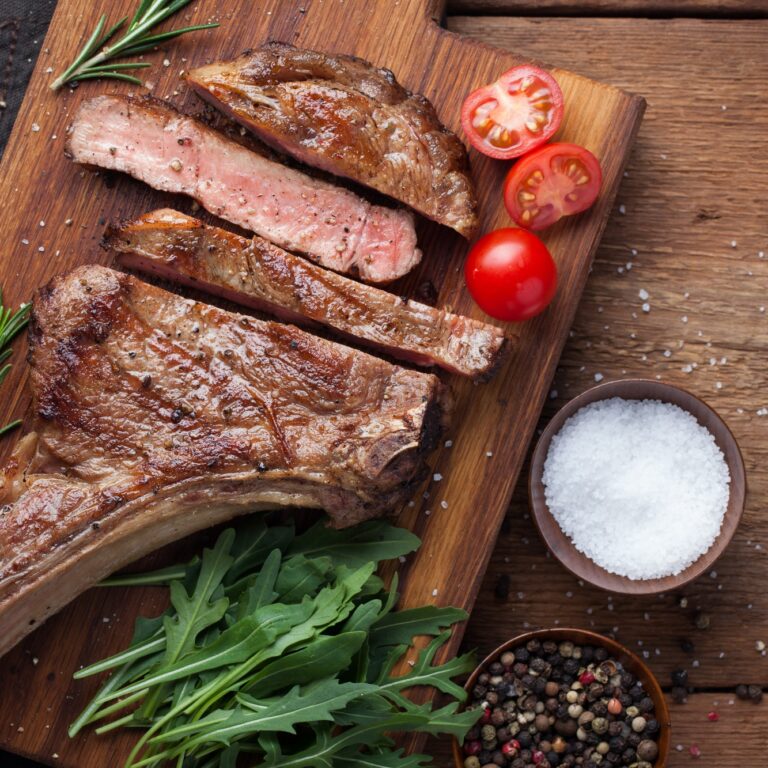
Find Simple Joys Perfecting Pandesal with a Baking Mix
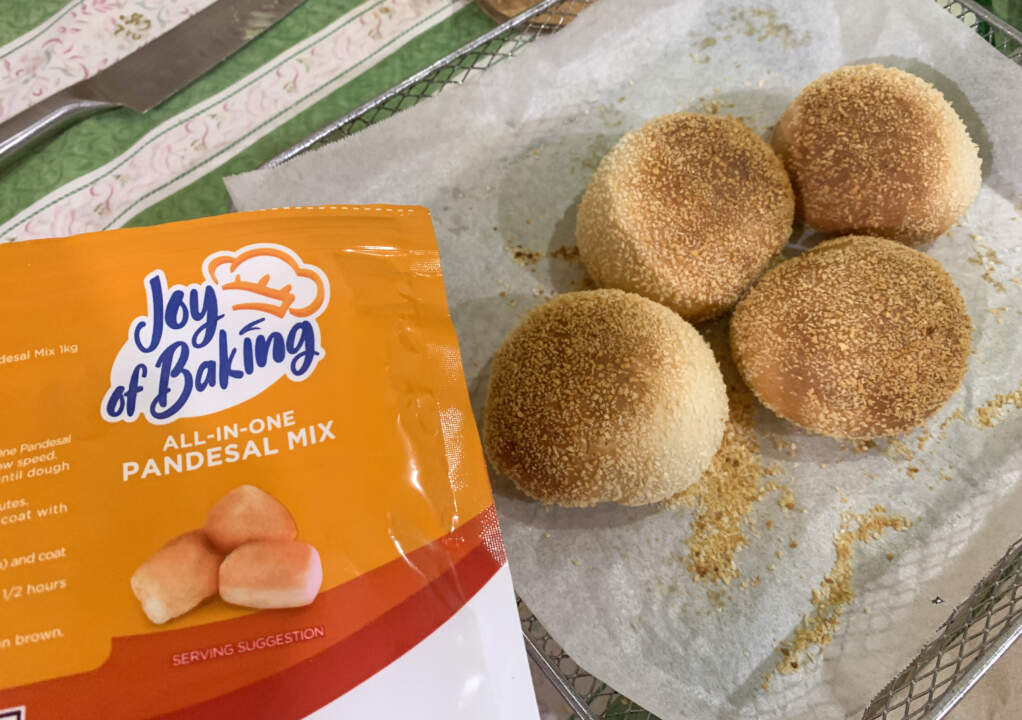
#Finding Your Inner Bread with Pandesal Baking Mix
Hello, bread enthusiasts! Are you ready to embark on a culinary adventure that will tingle your taste buds and satiate your cravings?
The Magic of Pandesal
Today, we venture into the world of pandesal, a much-loved Filipino bread famous for its pillow-like softness and soothing warmth. Amidst the ups and downs of present-day parenting, we often crave those fleeting moments of happiness where we can relax and savor life’s simple joys. One such pleasure I’ve discovered over time is the craft of home baking, with a baking mix as my secret ally.
Baking Mix: A Game-Changer
Hold on! You might be wondering: “Pandesal? Isn’t that notoriously tricky to make?” Fear not, because I have found our savior: The Joy of Baking Mix. This wonder blend is like having your very own kitchen fairy godmother, miraculously turning it into a sanctuary for bread-making.
Like many parents, I rarely have free time to look into complex yeast bread recipes requiring precise preparation and measurement. That’s why I was elated when I found out that contemporary baking mixes make homemade pandesal an attainable achievement even on lethargic afternoons at home.
What is Pandesal?
So what exactly is Pandesal? It has become an ever-present breakfast essential in the Philippines due to its affordability, adaptability (it can be savored plain or with various dips), and most significantly – its delectable flavor!
A Brief History of Pandesal
The history of pandesal tells a story of adaptation and evolution into becoming a cherished Filipino staple:
Spanish Beginnings (16th century): Pandesal dates back to the Spanish colonization of the Philippines when wheat flour and bread-baking techniques were introduced. The term “pan de sal” translates to “bread of salt”, due to the addition of salt in the dough.
Flour Substitution and American Influence (19th-20th century): Wheat wasn’t a major crop in the Philippines, leading bakers to switch to more affordable flour. This resulted in pandesal’s signature soft and doughy texture that we adore today.
My children love participating in the process by kneading the dough, which reminds me of play-dough – keeping them engaged while I supervise. We shape it into balls, dimple the tops as instructed, then let them sprinkle breadcrumbs before placing it in the oven. However, this is where I feel Joy of Baking Mix could improve: including breadcrumbs would be beneficial.
The ritual of enjoying warm pandesal fresh out of our own kitchen has become a treasured morning tradition that allows us to reconnect as a family before embarking on our daily endeavors. My children delight in dipping these soft rolls into warm milk or chocolate, while I savor the fulfillment derived from serving homemade bread with minimal effort.
Baking has also served as an entertaining educational tool for my kids about food science – like how yeast makes dough rise during baking. It even encourages creativity, such as when my daughter decorates her rolls with sprinkles before they hit the oven!
Give This Pandesal Mix a Try!
So if you’re seeking small moments of connection amidst your busy schedule but are daunted by complex homemade bread recipes, I highly recommend giving the Joy of Baking Pandesal Mix a try. Experience firsthand how this simple morning ritual can uplift everyone’s spirits and transform into a beloved tradition.
Do share your experiences if you decide to venture down this path – I’d be thrilled to learn whether you too discover your inner baker through this simple twist on a classic Filipino delicacy.
Now roll up those sleeves (or should I say dimple?) and get ready to pop those pandesal into the oven! Don’t forget to subscribe to my newsletter below for more parenting hacks and recipes for simple pleasures.
How to Make Pandesal
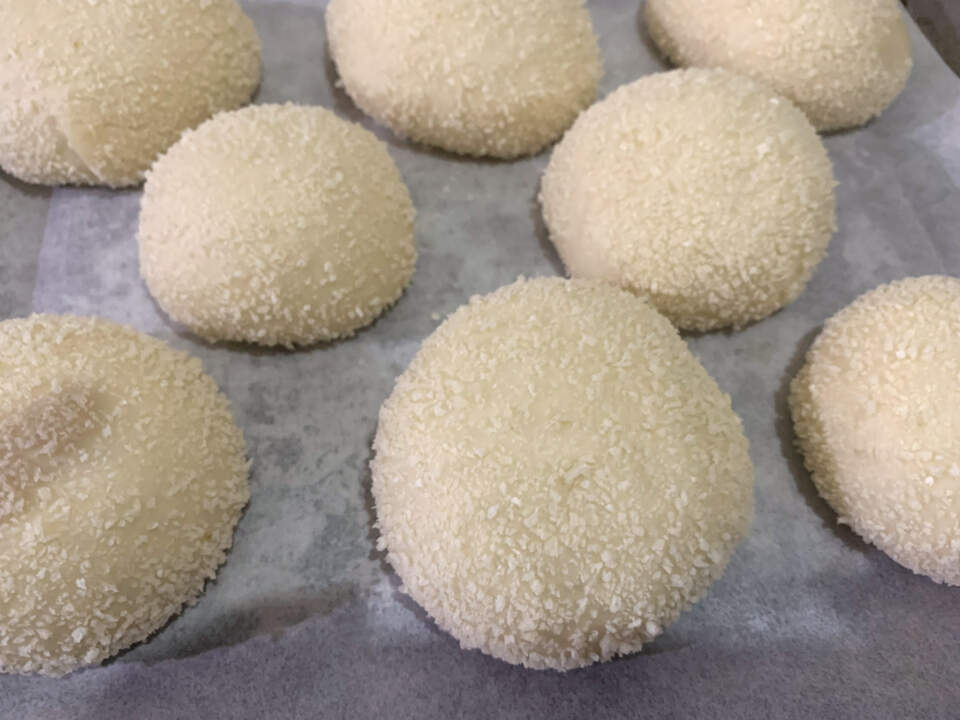
Here is the simple Pandesal recipe I used:
Pandesal Recipe
Ingredients:
1 packet Joy of Baking yeast bread mix
1 2/3 cup warm water
3 tablespoons vegetable oil
3 cups bread crumbs for coating
Instructions:
In a large mixing bowl, combine the yeast, bread mix, and warm water. Stir to form a soft dough. You may use electric mixer if available.
Add the oil. Knead briefly by hand until combined, about 1 minute. The dough will be sticky. Shift to high speed if using mixer.
Round the dough, cover, and rest for 20 minutes.
Make into “baston” by rolling into a line. Pinch off golf ball-sized pieces of baston dough (approximately 30 g each). Do not make it too big as the big ones I made was more of tinapay than pandesal. It’s not fluffy enough. Roll into balls then roll in breadcrumbs to coat.
Rest the dough for 10 minutes.
Arrange on a greased baking sheet, leaving space between each ball.
Cover loosely with plastic wrap and let rise in a warm spot for 1 and 1/2 hour or until doubled in size.
Preheat oven to 180°C. Once risen, bake for 13-15 minutes until golden brown.
Cool on a wire rack before enjoying! Store in an airtight container for up to 3 days.
The pandesal bakes up with a crispy outside and soft, fluffy crumb inside. Just like store-bought but better because it’s homemade! You really can’t beat the freshness and taste. Family and guests will be impressed that you made pandesal from scratch when in reality , it’s thanks to Joy of Baking mix.
#pandesal #bakingmix #homemadebread #familytime #findjoy
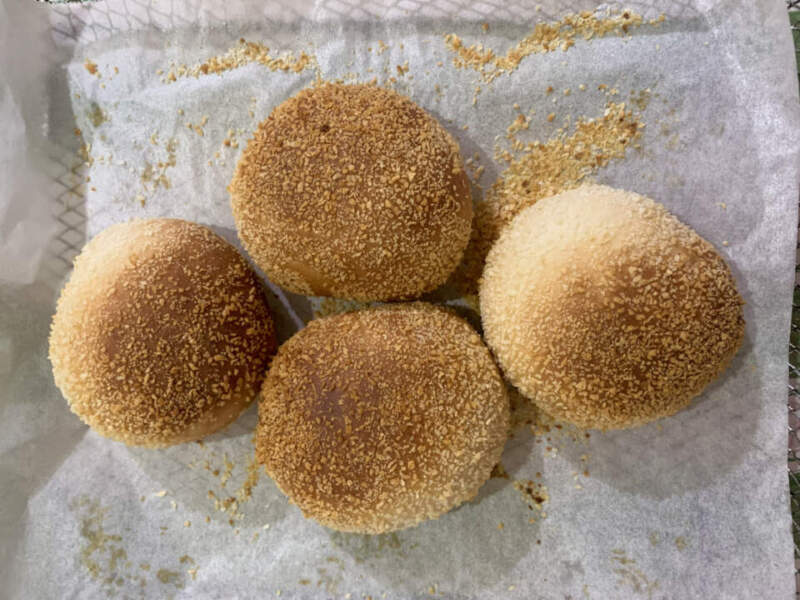
Ingredients
- 1 pack Joy of Baking yeast bread mix
- 1 2/3 cup warm water
- 3 tablespoons vegetable oil
- 3 cups bread crumbs for coating
Instructions
- In a large mixing bowl, combine the yeast, bread mix, and warm water. Stir to form a soft dough. You may use electric mixer if available.
- Add the oil. Knead briefly by hand until combined, about 1 minute. The dough will be sticky. Shift to high speed if using mixer.
- Round the dough, cover, and rest for 20 minutes.
- Make into “baston” by rolling into a line. Pinch off golf ball-sized pieces of baston dough (approximately 30 g each -47 pcs). Roll into balls then roll in breadcrumbs to coat.
- Rest the dough for 10 minutes.
- Arrange on a greased baking sheet, leaving space between each ball.
- Cover loosely with plastic wrap and let rise in a warm spot for 1 and 1/2 hour or until doubled in size.
- Preheat oven to 180°C. Once risen, bake for 13-15 minutes until golden brown.
- Cool on a wire rack before enjoying! Store in an airtight container for up to 3 days.




